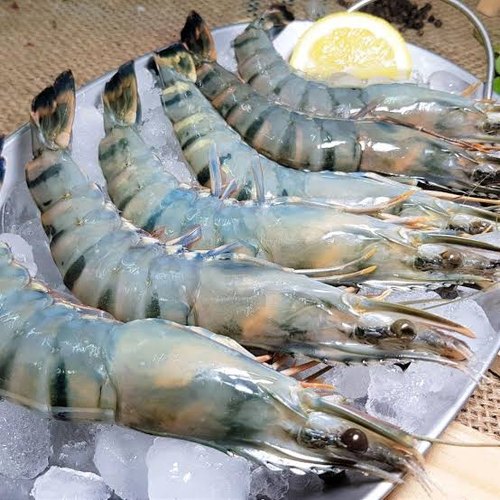
The Way To Boost Profit In Shrimp Farming
Modern shrimp farming really pointed in the "Reagan era." Marine shrimp are
farmed in dugouts, impoundments, ponds, raceways and tanks. Today over fifty
countries have shrimp farms. Together with the increasing price of electricity
and the greenhouse gases it causes, all shrimp farms need solar aeration to
change the electrically operated aeration systems. Shrimp are no diverse from
every other living creature; they need oxygen, clean water, and sunlight. They
grow faster in warmer climates to sometimes produce three crops 12 months should
you be close enough for the equator.
The leaders in shrimp farming within
the Eastern Hemisphere are Thailand, Vietnam, Indonesia, China and india.
Malaysia, Taiwan, Bangladesh, Sri Lanka, The Philippines, Australia and Myanmar
also have large shrimp farming industries. Mexico, Belize, Ecuador and Brazil
are the leading producers inside the Western Hemisphere. You'll find shrimp
farms in Honduras, Panama, Colombia, Guatemala, Venezuela, Nicaragua and Peru.
The usa, The european union and Japan will be the major shrimp importing
nations. They have high-tech shrimp farming however production is insignificant.
Saudi Arabia and Iran produce the most farmed shrimp in the Middle East.
Shrimp farms work with a one or two-phase production cycle. Using the
one-phase production cycle the shrimp spend a brief time period in acclimation
tanks, then they are positioned into the growout ponds. Farms which use the
two-phase production cycle stock juvenile shrimp from hatcheries in nursery
ponds and many weeks latter transfer the crooks to growout ponds. The shrimp
need aeration in most phases of growth and solar aeration is most beneficial
answer. Hatcheries sell two products: Nauplii, which are tiny, newly hatched,
first stage larvae, and postlarvae who have already develop over the three
larval stages. Good aeration produces clean water and healthy nauplii,
postlarvae and shrimp. Solar aeration is the better investment for almost any
shrimp farm which is currently available.

Shrimp normally spawn through the night and females may produce 50,000 to
1,000,000 eggs, which hatch in a single day. The first larval stage is nauplii,
which appear like tiny aquatic spiders. The nauplii feast upon their egg-yoke
reserves for a couple of days. The nauplii then metamorphose into zoeae, who
have feathery appendages. Zoeae prey on algae and formulated feeds for several
to 5 days and after that metamorphose into myses. Myses are simply needs to
appear to be shrimp and they feast upon algae, formulated feeds and zooplankton.
Myses metamorphose into postlarvae, which seem like adult shrimp. Postlarvae
feed on zooplankton, detritus and commercial feeds. In the day the eggs hatch up
until the postlarvae you will need to be transferred to the farm takes about 25
days. To help keep the product or service healthy, all larvae stages need
adequate aeration, and solar aeration could be the right solution to preserve
our water quality and keep our earth green.
There are all sizes of
hatcheries from home operations to medium and large-scale operations. All
hatcheries need water that is clean and sunlight. It's impossible to take care
of a healthy shrimp life-cycle without aeration, that's, Rewind, best made by
solar energy.
Shrimp farmers next move the animals from nursery ponds within
30 days to growout ponds. This move boosts the survival rates of their juvenile
shrimp and increases their profits. The best danger throughout the production
cycle is virus problems, which may be avoided with sanitary conditions of fresh
water with adequate aeration. Shrimp farming, like all business, is all about
producing the best product for the lowest cost possible, to ensure that in the
close from the business cycle there is a superior profit. Reducing electrical
usage with solar aeration contributes to a better profit margin.
More
information about Thuy san you can
check this useful resource.